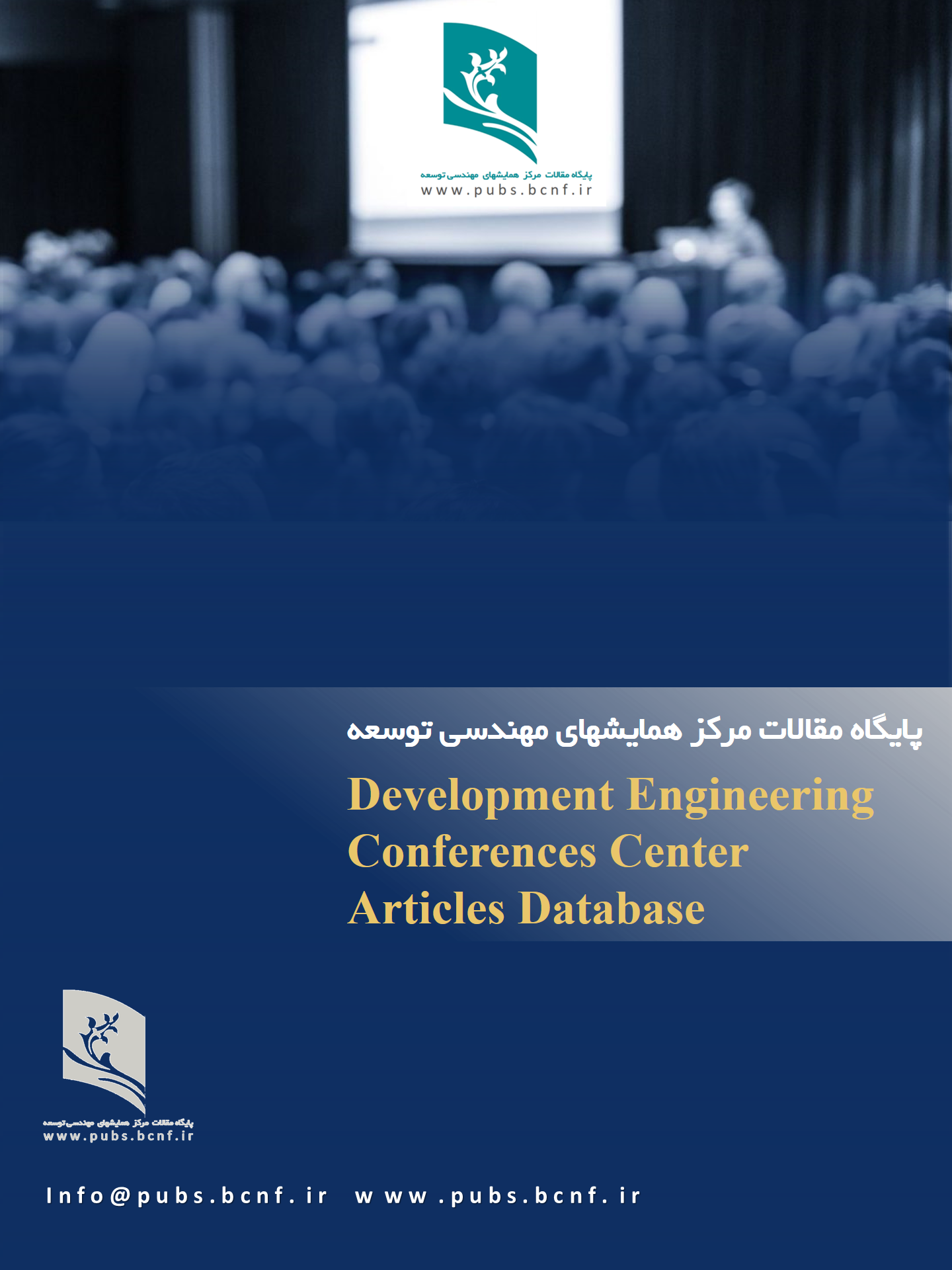Biodegradable materials for food packaging
Keywords:
packaging, biodegradable materials, renewable materials.Abstract
Shortage of resources in society today, the resources available for human use has become increasingly scarce. To packaging, for example, most packaging products are single-use, and turn to waste after use, and the product life cycle of them are very short, so consuming large number of resources consumed, in the same time, the ecological environment has also been an unprecedented threat. Recently, the demands for biodegradable and renewable materials for packaging applications have increased tremendously. This rise in demand is connected to the growing environmental concerns over the extensive use of synthetic and non-biodegradable polymeric packaging, polyethylene in particular. Today’s smart consumer is looking for alternatives that are environmentally friendly, durable, recyclable, and naturally rather than synthetically derived. Therefore, the purpose of this article will be to focus on biodegradable and environmentally friendly packaging materials, their advantages and disadvantages.
Downloads
References
[1] Kirwan MJ, Strawbridge JW (2003) Plastics in food packaging. In: Coles R, McDowell D, Kirwan MJ (eds) Food packaging technology. Blackwell/CRC Press, Boca Raton, Florida, pp 174–240.
[2] Freitas F, Alves VD, Coelhoso I, Reis MAM (2013) Production and food applications of microbial biopolymers. CRC Press, In Engineering Aspects of Food Biotechnology, Boca Raton, FL.
[3] Hosseini SF, Rezaei M, Zandi M, Farahmandghavi F (2015) Bio-based composite edible flms containing Origanum vulgare L. essential oil. Ind Crop Prod 67:403–413. https://doi.org/10.1016/j. indcrop.2015.01.062.
[4] Tharanathan RN (2003) Biodegradable flms and composite coatings: past, present and future. Trend Food Sci Technol 14:71–78. https://doi.org/10.1016/S0924-2244(02)00280-7
[5] Thulasisingh, A., Kumar, K., Yamunadevi, B., Poojitha, N., SuhailMadharHanif, S., & Kannaiyan, S. (2021). Biodegradable packaging materials. Polymer Bulletin, 1-30.
[6] Credou J, Berthelot TJ (2014) Cellulose: From biocompatible to bioactive material. Mater Chem B 2:4767–4788. https://doi.org/10.1039/c4tb00431k.
[7] Cazon P, Vazquez M (2021) Bacterial cellulose as a biodegradable food packaging material: a review. Food Hydrocoll 113:1–9. https://doi.org/10.1016/j.foodhyd.2020.106530
[8] Arvanitoyannis, (2008) The use of chitin and chitosan for food packaging applications. Environ Compat Food Packag 6:137–158. https://doi.org/10.1533/9781845694784.1.137.
[9] Srinivasa PC, Baskaran R, Ramesh MN, Prashanth KH, Tharanathan RN (2002) Storage studies of Mango packed using biodegradable chitosan flm. Eur Food Res Technol 215:504–508. https://doi. org/10.1007/s00217-002-0591-1.
[10] Nascimento TA, Calado V, Carvalho CWP (2012) Development and characterisation of fexible flm based on starch and passion fruit mesocarp four with nanoparticles. Food Res Int 49:588–595. https://doi.org/10.1016/j.foodres.2012.07.051.
[11] Rajakumari M, Muthu selvi V, (2018) Production of starch based biodegradable plastic from jackfruit seed four (Artocarpus heterophyllus). Int J Curr Adv Res 7:9382–9385. https://doi.org/10. 24327/ijcar.2018.9385.1549
[12] Stokke BT, Draget KI, Smidsrod O, Yuguch Y, Urakawa H, Kajiwara K (2000) Small-angle X-ray scattering and rheological characterization of alginate gels. 1. Calcium alginate gels Macromolecules 33:1853–1863. https://doi.org/10.1021/ma991559q.
[13] Cottrell IW, Kovacs P (1980) Alginates. In: Davidson RL (ed) Handbook of water-soluble gums and resins. McGraw-Hill, New York.
[14] Littlecott GW (1982) Food gels-The role of alginates. Food Technol Aust. 34:412–418.
[15] Lieberman ER, Guilbert SG (1973) Gas permeation of collagen flms as afected by cross-linkage, moisture and plasticizer content. J Polym Sci Polym Symposium 41:33–43. https://doi.org/10. 1002/POLC.5070410106.
[16] Jones HW, Whitmore RA (1972) Collagen food coating composition and method of preparation. U.S. Patent No. 3,694,234, September 26.
[17] Shankar S, Jaiswal L, Rhim JW (2016) Gelatin-based nanocomposite flms: Potential use in antimicrobial active packaging. Antimicrobial Food Packaging, Amsterdam. Elsevier, The Netherlands, pp 339–348 76.
[18] Gomez-Guillen MC, Gimenez B, Lopez-Caballero ME, Montero MP (2011) Functional and bioactive properties of collagen and gelatin from alternative sources: A review. Food Hydrocoll 25:1813–1827. https://doi.org/10.1016/j.foodhyd.2011.02.007.
[19] Rosseto, M., Rigueto, C. V. T., Alessandretti, I., de Oliveira, R., Raber Wohlmuth, D. A., Loss, R. A., ... & Richards, N. S. P. D. S. (2023). Whey‐based polymeric films for food packaging applications: a review of recent trends. Journal of the Science of Food and Agriculture, 103(7), 3217-3229.
[20] Gennadios A, Weller CL (1991) Edible flms and coatings from soymilk and soy protein. Cereal Food World 36:1004–1009.
[21] Brandenburg AH, Weller CL, Testin RF (1993) Edible flms and coatings from soy protein. J Food Sci 58:1086–1089. https://doi.org/10.1111/j.1365-2621.1993.tb06120.x.
[22] Bayer, I. S. (2021). Zein in food packaging. Sustainable food packaging technology, 199-224.
[23] Cabedo L, Feijoo JL, Villanueva MP, Lagaron JM, Gimenez E (2006) Optimization of biodegradable nanocomposites based application on a PLA/PCL blends for food packaging application. Macromol Symp 233:191–197. https://doi.org/10.1002/masy.200690017
[24] Sinclair RG (1996) The case for polylactic acid as a commodity packaging plastic. J Macromol Sci A 33:585–597. https://doi.org/10.1080/10601329608010880.
[25] Koh HC, Park JS, Jeong MA, Hwang HY, Hong YT, Ha SY, Nam SY (2008) Preparation and gas permeation properties of biodegradable polymer/layered silicate nanocomposite membranes. Desalination 233:201–209. https://doi.org/10.1016/j.desal.2007.09.043.
[26] Solaiman DKY, Ashby RD, Zerkowski JA, Krishnama A, Vasanthan N (2015) Control-release of antimicrobial sophorolipid employing diferent biopolymer matrices. Biocatal Agric Biotech 4:342–348. https://doi.org/10.1016/j.bcab.2015.06.006.
[27] Xavier JR, Babusha ST, George J, Ramana KV (2015) Material properties and antimicrobial activity of polyhydroxybutyrate (PHB) flms incorporated with vanillin. Appl Biochem Biotech 176:1498–1510. https://doi.org/10.1007/s12010-015-1660-9.
[28] Narayanan A, Neera M, Ramana KV (2013) Synergized antimicrobial activity of eugenol incorporated polyhydroxybutyrate flms against food spoilage micro-organisms in conjunction with pediocin. Appl Biochem Biotech 170:1379–1388. https://doi.org/10.1007/s12010-013-0267-2.
[29] Mariana, M., Alfatah, T., HPS, A. K., Yahya, E. B., Olaiya, N. G., Nuryawan, A., ... & Ismail, H. (2021). A current advancement on the role of lignin as sustainable reinforcement material in biopolymeric blends. Journal of Materials Research and Technology, 15, 2287-2316.



